Item Number: BC0685
Specification: 100 Tests/48 Strips
Introduction
- The Lactate Dehydrogenase (LDH) Activity Assay Kit quantifies the activity of LDH enzymes in biological samples.
- LDH is crucial in cellular respiration, converting lactate to pyruvate.
- Elevated LDH levels in tissues or body fluids may indicate cell damage or pathology.
- The assay is utilized in research and clinical labs for diagnostic and experimental purposes.
Content
Key Components of the LDH Activity Assay Kit:
- Substrate Solution: Contains the necessary components for the enzymatic reaction, typically including lactate and NAD^+ (nicotinamide adenine dinucleotide).
- Reaction Buffer: Provides optimal conditions for the enzymatic reaction.
- LDH Enzyme Standard: A reference standard with a known concentration of LDH activity for the generation of a standard curve.
- LDH Assay Reagent: A colorimetric or fluorometric reagent that detects the product of the LDH reaction, often leading to a color change or fluorescence.
How to Use LDH Activity Assay Kit:
The following is a general guide on how to use an LDH Activity Assay Kit. Specific protocols may vary between kits, and it’s crucial to follow the instructions provided by the kit manufacturer:
- Sample Preparation: Prepare your biological samples (e.g., cell lysates, tissue homogenates, or body fluids) and dilute them appropriately in a compatible buffer if needed.
- Standard Curve Preparation: Prepare a series of standards with known concentrations of LDH enzyme activity using the provided LDH enzyme standard. This is typically achieved by diluting the standard in a buffer or sample matrix.
- Assay Plate Setup: Add the diluted samples and standards to the wells of a microplate or cuvette.
- Addition of Substrate Solution: Add the substrate solution to each well or cuvette containing the samples and standards. The enzymatic reaction will convert lactate to pyruvate.
- Incubation: Incubate the reaction mixture for a specified period, typically at a controlled temperature. The enzymatic reaction will occur, generating NADH (reduced form of NAD^+).
- Measurement: Measure the absorbance or fluorescence of the reaction mixture at the appropriate wavelength using a microplate reader or fluorometer.
- Data Analysis: Use the standard curve to convert absorbance or fluorescence values into LDH enzyme activity units.
- Quality Control: Check the precision and accuracy of your results by ensuring that the assay performance falls within the acceptable range.
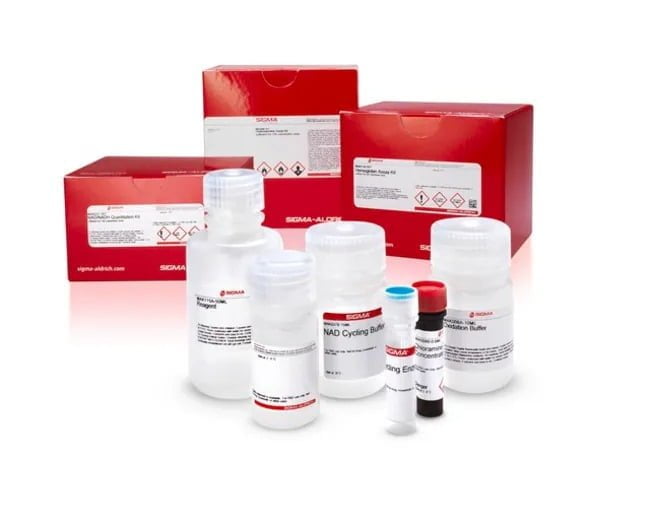
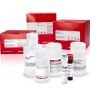
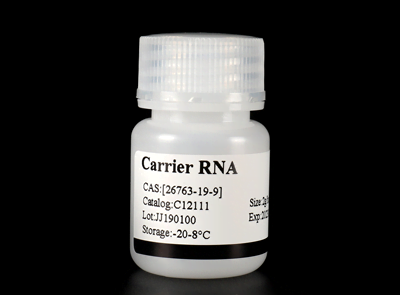
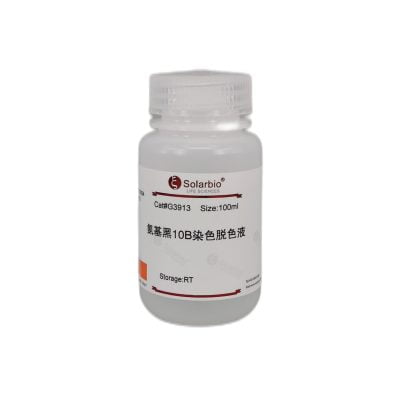
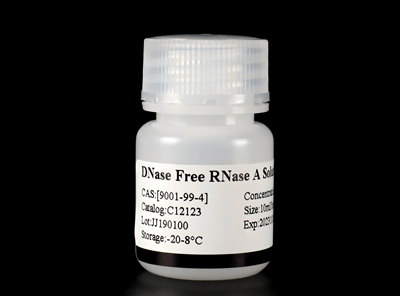
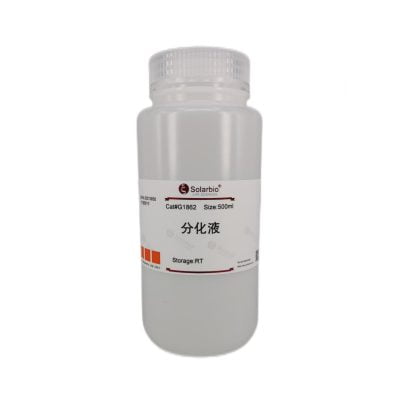
Reviews
There are no reviews yet.